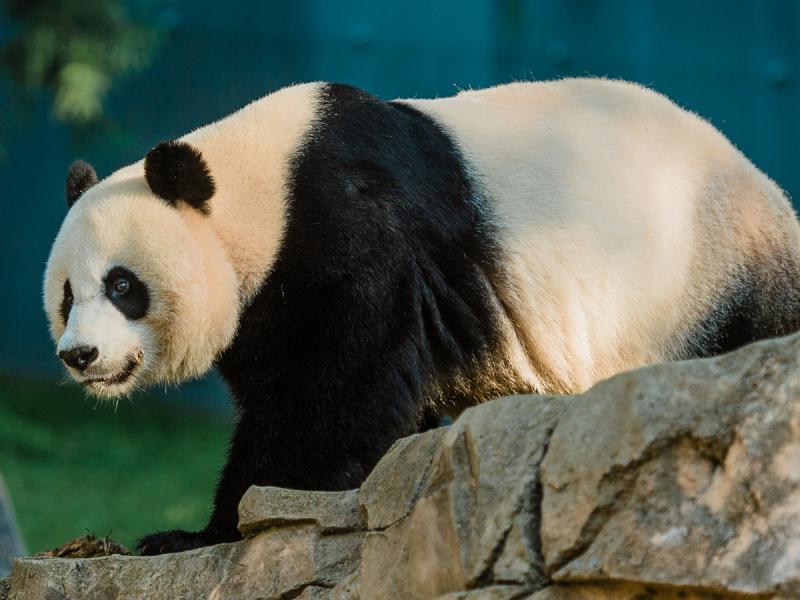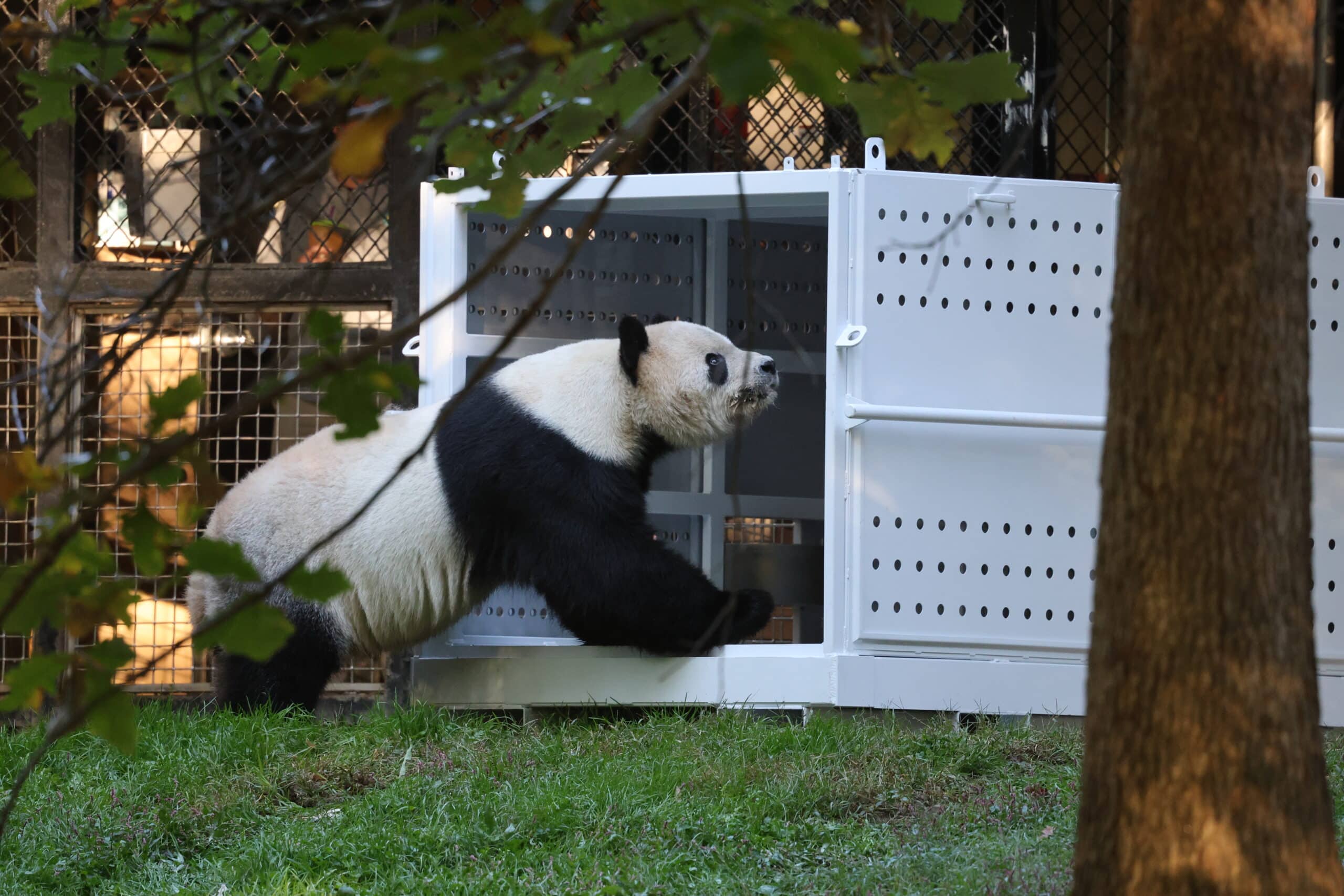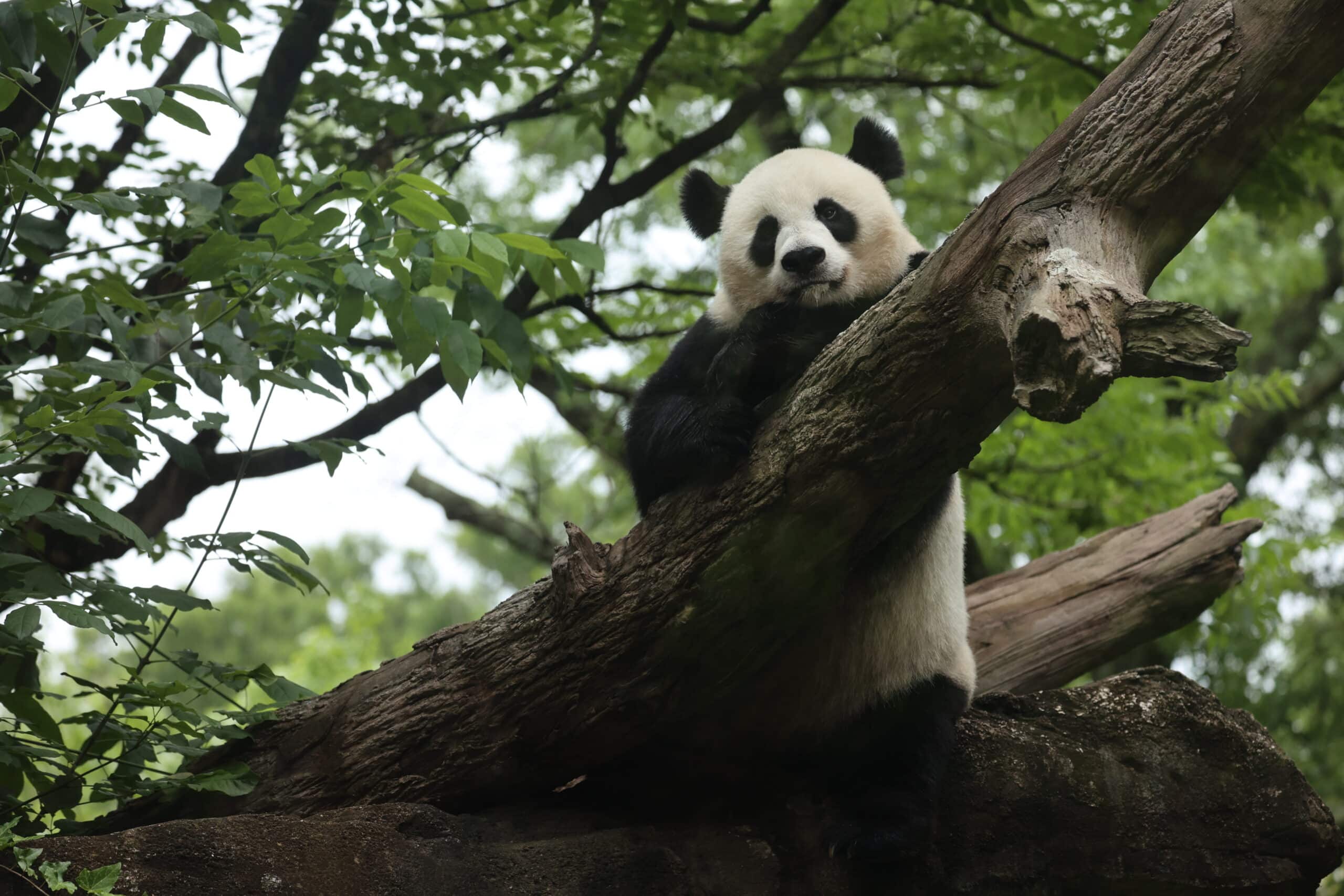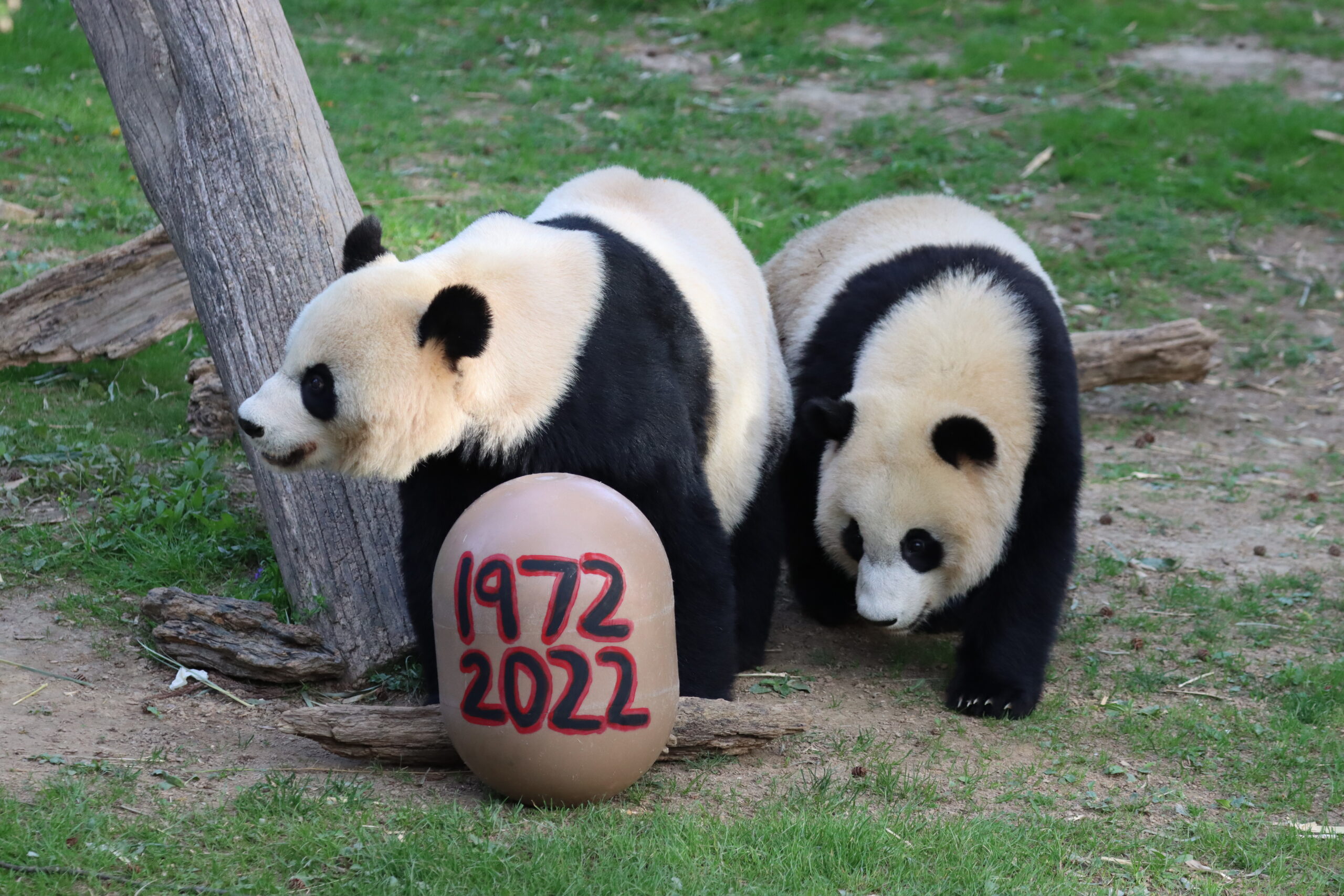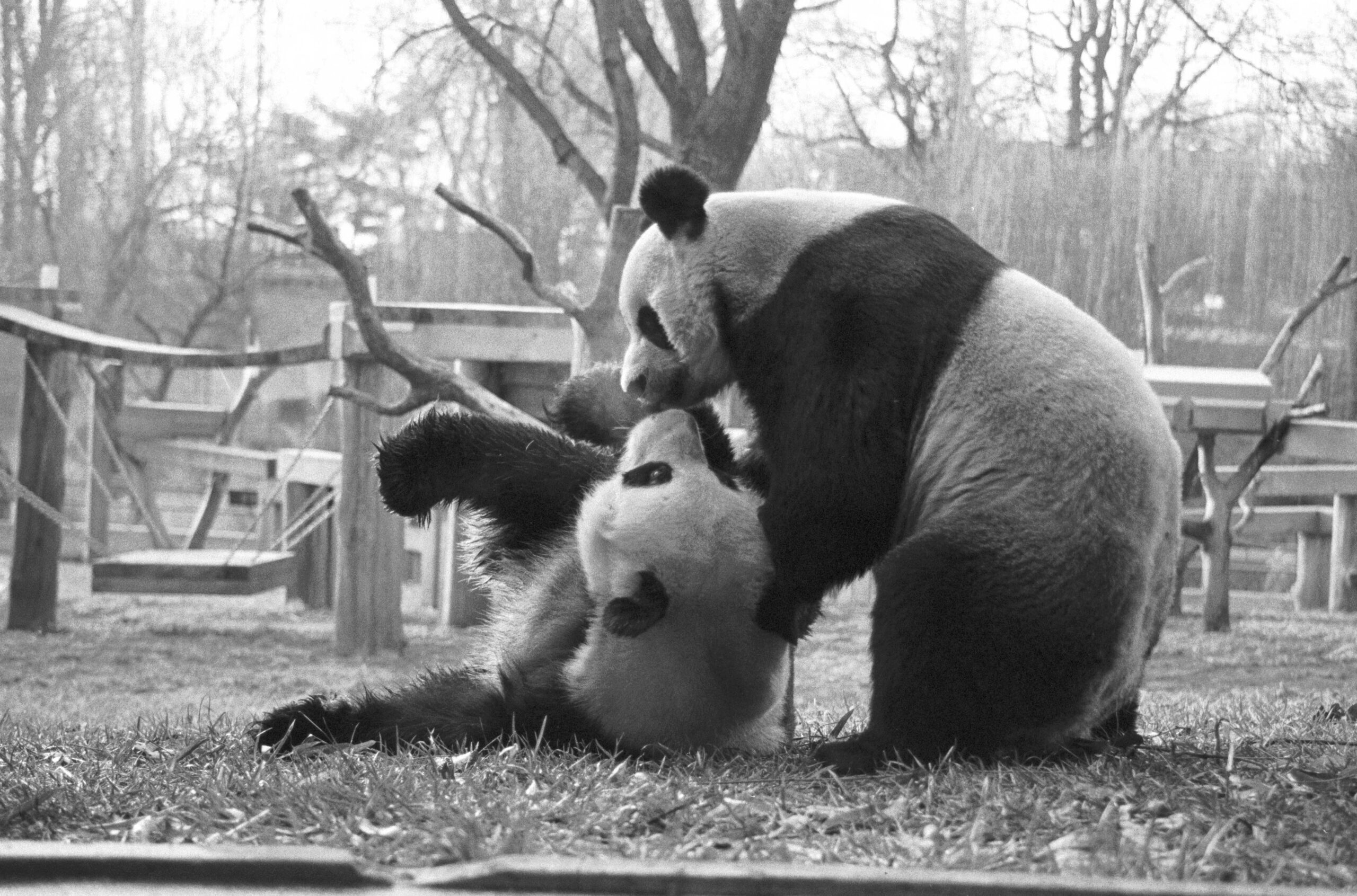Smithsonian's National Zoo and Conservation Biology Institute Scientists Artificially Inseminate Giant Panda Mei Xiang
The Smithsonian’s National Zoo and Conservation Biology Institute’s team of reproductive scientists, veterinarians and panda keepers performed two artificial inseminations on 18-year-old female giant panda Mei Xiang (may-SHONG) on May 25. The first procedure started at 2 p.m. and the second at 11:30 p.m. Scientists and keepers had been closely monitoring Mei Xiang’s behavior and hormones for the past several weeks. Daily hormone reports showed Mei Xiang’s estrogen levels peaked May 24, an indication that she was ovulating and able to become pregnant. Female giant pandas are only in estrus, or able to become pregnant, for 24 to 72 hours each year.
Animal care staff closely monitored Mei Xiang and 19-year-old male Tian Tian (tee-YEN tee-YEN) for any affiliative behaviors that would indicate that the pair were interested in breeding. The pandas exhibited these behaviors, but at incongruent times; therefore, there was no natural breeding this season. The Zoo’s panda team artificially inseminated Mei Xiang using semen from Tian Tian for the procedures. Li Rengui from the China Conservation and Research Center for the Giant Panda was at the Zoo for the procedures.
Giant panda pregnancies and pseudopregnancies generally last between three and six months. Zoo veterinarians will conduct ultrasounds to track changes in Mei Xiang’s reproductive tract and determine if she is pregnant during the next several months. Scientists will also monitor her hormones to determine when she is near the end of a pseudopregnancy or pregnancy. There is no way to determine if a female is pregnant from hormone analysis and behavior alone. Mei Xiang’s hormones and behavior will mimic a pregnancy even if she is pseudopregnant. The only definitive way to determine if she is pregnant is to see a developing fetus on an ultrasound.
Source: Smithsonian’s National Zoo & Conservation Biology Institute





